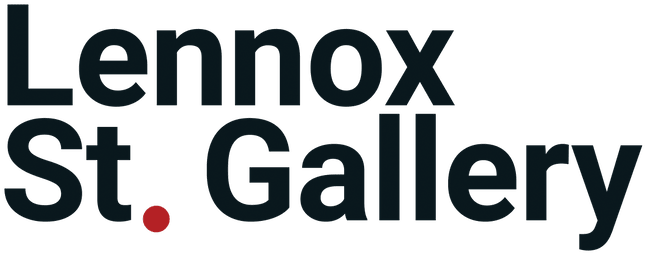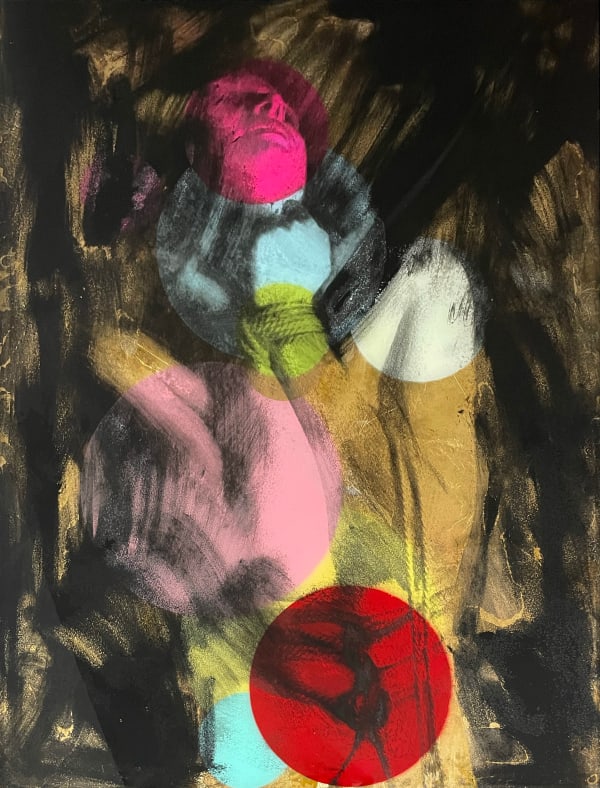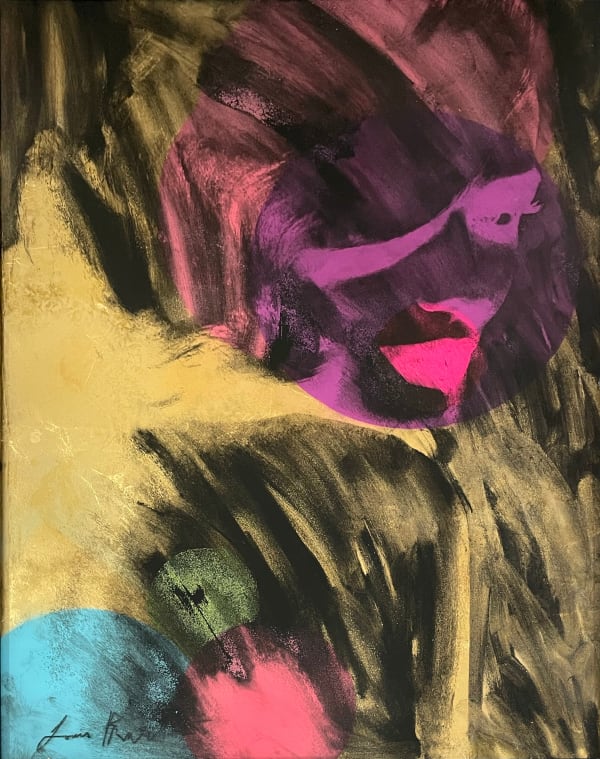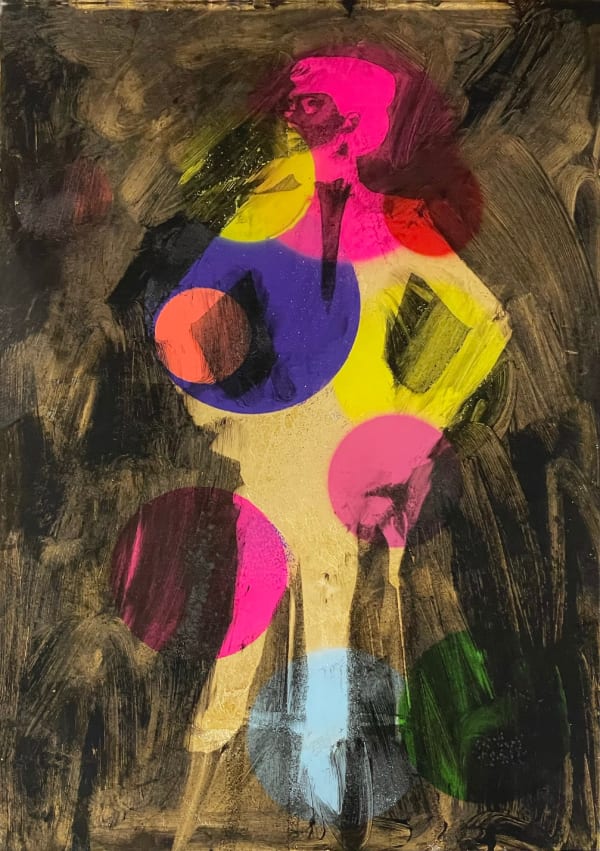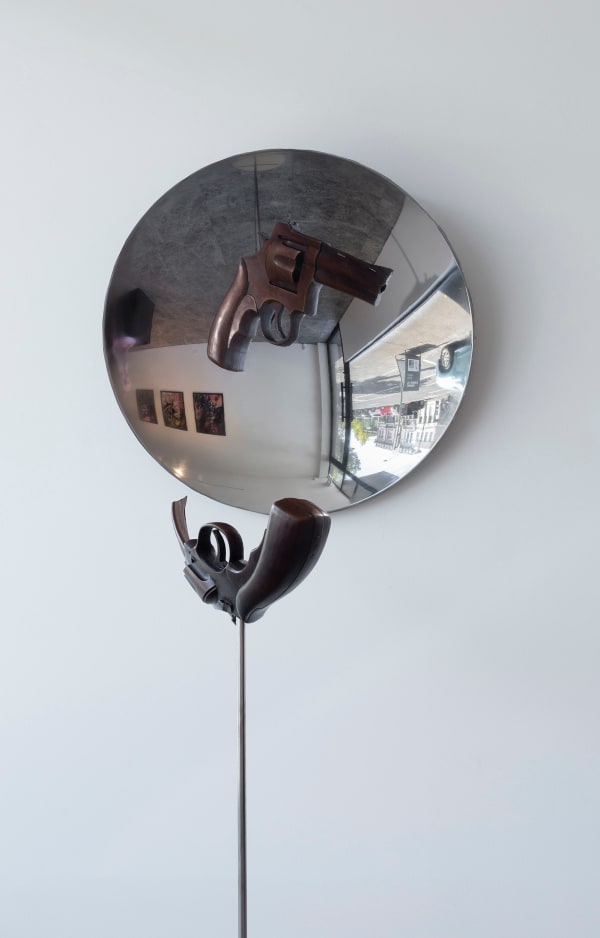Obscura: Louis Pratt
Lennox St. Gallery is pleased to present Obscura, an exhibition of recent sculpture and glass paintings by the Sydney-based artist Louis Pratt.
Exploring new ways of looking and seeing in Obscura - an exhibition by Louis Pratt
The phenomenon of camera obscura has fascinated scientists, philosophers, and artists
for centuries. It occurs when light enters a darkened room or a black box (such as a
camera) through a tiny pinhole, casting an inverted version of the external scene on the
opposite wall. Long before the invention of the camera, artists, including Leonardo Da
Vinci, used camera obscura to study perspective and proportion and bring realism to
their work.
Using state-of-the-art technology to control and manipulate light, multidisciplinary artist
Louis Pratt approaches the concept with a contemporary twist. His exhibition Obscura
explores the elusive nature of perception and reality through sculptural installations,
sculptures, and paintings on glass.
The large sculptural installations, A Very Dutch Ghost and Orchidaceae, feature bronze
sculptures and large concave mirrors. Each of the elements is a work of art in itself,
requiring a labour-intensive process that blends advanced software with the ancient
technique of bronze casting, along with hydroforming and many hours of hand painting
and polishing.
Pratt developed his novel approach to these installations during two years of PhD
research, working in collaboration with leading computer scientist Dr. Nico Pietroni. The
pair developed a method for producing anamorphic sculpture that is distorted precisely
to account for the curvature of light as it interacts with a concave mirror. The mirror
resolves the form so that the image, in reflection, appears correct. They also made an
unexpected discovery in the process, producing a strange, seemingly holographic effect
– where the reflection hovers between the viewer and the mirror. In optics, this kind of
reflection is called a ‘real’ image.
The experience of the ‘real’ image is captivating. It looms towards you, and, at the same
time, it evades you as you move around it. As the experience cannot be captured in a
photograph, it encourages a new way of looking and seeing. Pratt, a three-time Wynne
prize finalist, explains: 'The ghost-like appearance of the reflection results from the
interplay between the mirror, sculpture, and the eye of the viewer. The real image has to
be experienced in person, and this defies the familiar experience of instant and
two-dimensional imagery we consume on screens every day.'
The installation expands the artist’s long-running interest in anamorphism. The word
anamorphism comes from the Greek, meaning 'return to form' and has had a long
history in art. It may be used to obscure or to communicate a hidden message so that
the meaning is hidden in plain sight. Examples in art include a painting by Hans Holbein
the Younger, The Ambassadors (1533), which cleverly embeds a distorted skull within
the lavish depiction of two diplomats, visible only from a specific angle. Pratt’s
sculptures, including Future Events and D’uh!, are examples of oblique anamorphism
(when the form is resolved or corrected when viewed from a specific vantage point).
The installation works explore a form of anamorphism rarely seen in art, called catoptric,
where a mirror is used to resolve the form. Pratt’s use of a concave mirror to correct the
form and produce a ‘real’ image is believed to be the first example of its kind. To this
end, Pratt and Pietroni have published two academic papers on their findings, including
in the peer-reviewed Leonardo Journal of Art and Science, published by MIT University.
Pratt’s paintings on glass are created using a mixture of hand painting and laser
etching. The images are etched in reverse on the inside of the glass, reminiscent of the
glass plate negatives used in early photography.
Pratt says of his paintings: 'I wanted to explore the idealised portrayal of the feminine. In
search of this, I turned to artificial intelligence (AI). What’s interesting is when I
displayed photos of real models and those created by AI side by side, people often
thought the AI-generated images were the real ones. This speaks volumes about the
capabilities of AI and text-based image generation and also underscores the levels of
artificiality in so many images we see every day. I’m fascinated by the emotional
response we have to these artificial versions of humans.'
There are many diverse views in the ongoing discussion of how technology will shape
the future of art. For Pratt, technology is merely a tool, much like a chisel or a
paintbrush'. He uses it to push the boundaries of what is possible and create art that
expresses the interconnectedness between the digital and the physical worlds.
The tools we use in the creative process leave an indelible imprint on the final artefacts.
From the brushstrokes of a painter's canvas to the keystrokes of a writer's typewriter,
the unique qualities of each tool shape the outcome, lending it texture, nuance, and
character. However, Pratt emphasises the enduring importance of the artist's hand and
mind as the force that drives creation. For Pratt, it is a collaborative process with
technology that allows for novel and creative works that captivate viewers.
In its dialogue between light and darkness, distortion and resolution, Louis Pratt’s
Obscura is an invitation to reflect on our understanding of our perceptions and our
experience of reality
- Brianna Roberts
